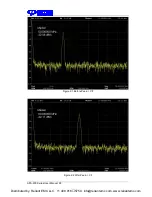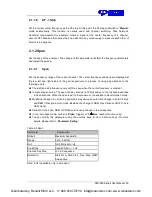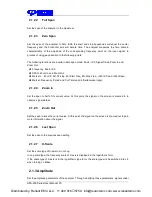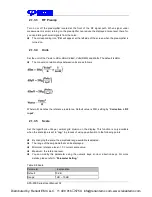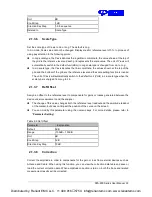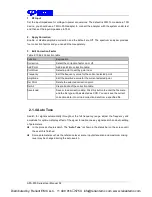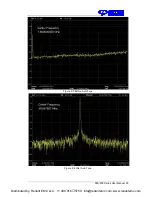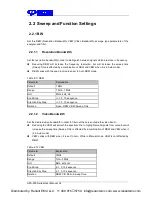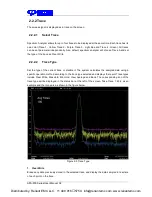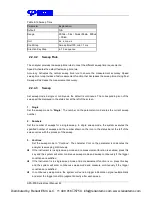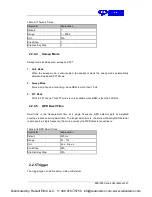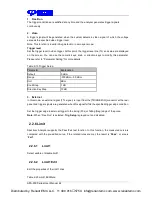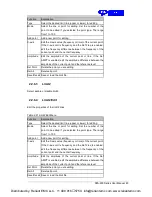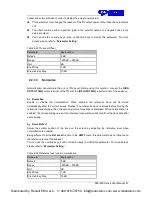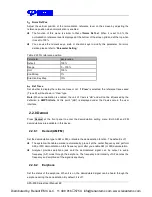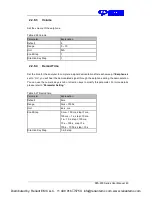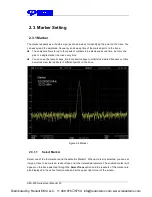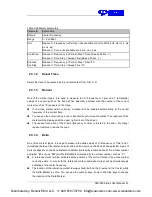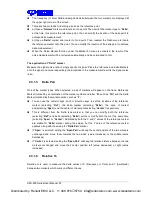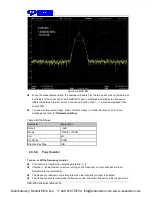
SPA-900 Series User Manual 41
the corresponding time interval.
2.2.3.4
Sample
For each trace point, Sample detector displays the transient level corresponding to the central time
point of the corresponding time interval. This detector type is applicable to noise or noise-like
signal.
2.2.3.5
Normal
Normal detector (also called rosenfell detector) displays the maximum value and the minimum
value of the sample data segment in turn; namely for an odd-numbered data point, the maximum
value is displayed; for an even-numbered data point, the minimum value is displayed. In this way,
the amplitude variation range of the signal is clearly shown.
2.2.3.6
Average
For each trace point, Average detector displays the average value of data sampled within the
corresponding time interval.
2.2.3.7
Quasi Peak
Quasi-Peak detector, which is a weighted form of peak detector, is used for EMC pulse testing
ruled by CISPR. For single frequency point, the detector detects the peaks within QPD dwell time.
The peaks detected are weighted using circuit with specified charge and discharge structures as
well as the display time constant specified in the CISPR 16 standards. The measurement time for
QPD is far longer than Peak Detector.
2.2.4 Sweep
Set parameters about the Sweep functions, including sweep time, sweep rule, sweep mode,
number of sweep, etc.
2.2.4.1
Sweep Time
Set the time needed for the spectrum analyzer to finish a sweep within the span range. The sweep
time can be set in “
Auto
” or “
Manual
” mode and the default is “
Auto
”.
In non-zero span, the analyzer selects the shortest sweep time on the basis of the current
RBW and VBW settings if Auto is selected.
Decreasing the sweep time would speed the measurement. However, an error may be caused
if the specified sweep time is less than the minimum sweep time in Auto coupling; at this point,
“
UNCAL
” is shown in the status bar on the screen
Distributed by: Reliant EMC LLC, +1 408 916
‐
5750, info@reliantemc.com, www.reliantemc.com


